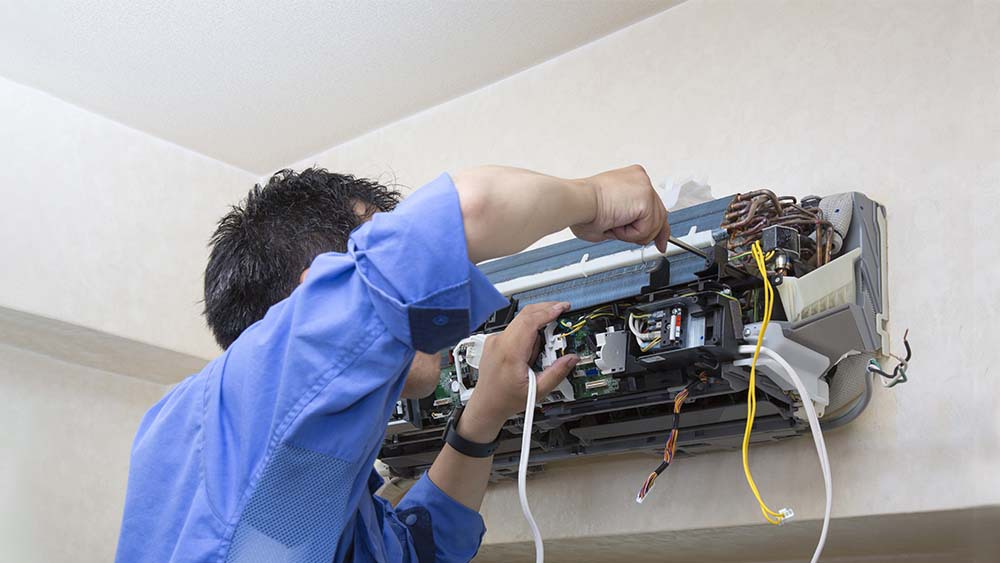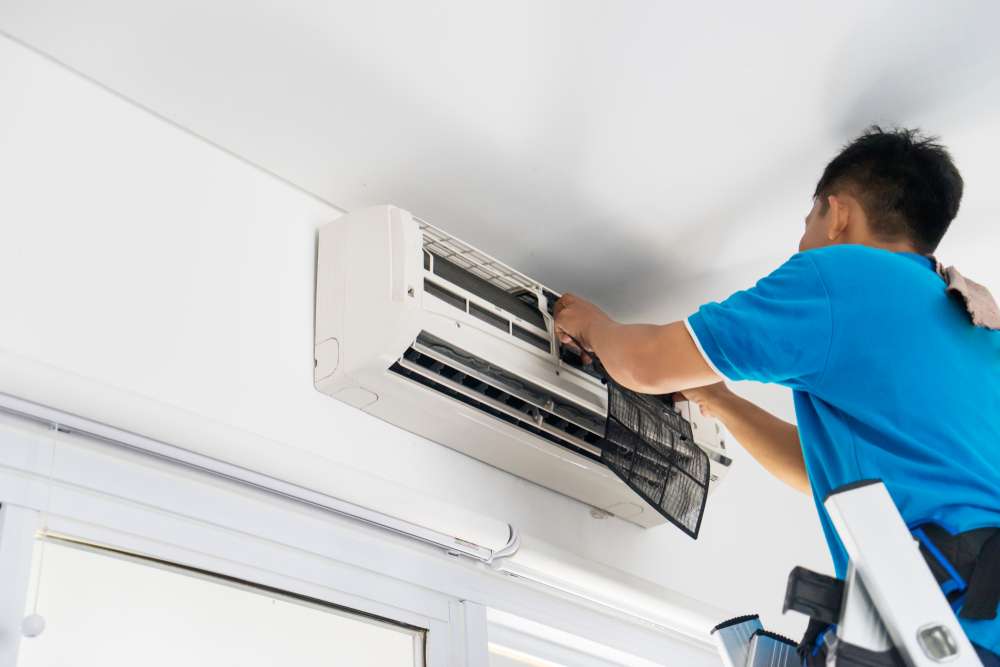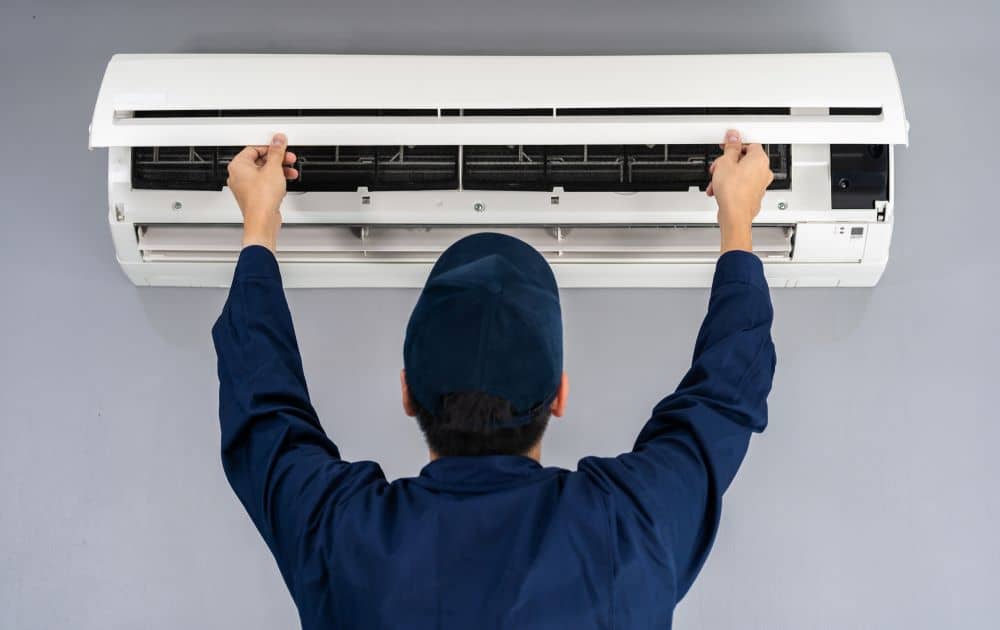
Are you wondering how to cash a cashier’s check? Look no further! This article will guide you through the simple banking procedures involved.
You’ll learn how to:
– Verify the check’s authenticity
– Understand endorsement and identification requirements
– Choose the right banking institution
We’ll also cover:
– The deposit procedures
– Any potential fees or limitations you may encounter
Get ready to cash that cashier’s check hassle-free!
Understanding Cashier’s Checks
You should understand how a cashier’s check works before attempting to cash it.
A cashier’s check is a type of payment where the bank guarantees the funds. It’s considered a safer alternative to personal checks because it’s drawn from the bank’s own funds.
When you receive a cashier’s check, it will have the bank’s name and logo on it, along with the amount and the recipient’s name.
To cash it, you’ll need to present the check to a bank or credit union. They’ll verify the authenticity of the check and ensure that there are sufficient funds.
Once verified, you can receive the cash or deposit it into your own account.
It’s important to note that cashier’s checks are often used for large transactions or when a seller requires guaranteed funds.
Verifying the Authenticity of the Check
To verify the authenticity of the cashier’s check, there are a few key security features you should look out for. Check for watermarks, holograms, and other anti-counterfeit measures that reputable banks use on their checks.
Additionally, make sure to verify the bank information provided on the check by contacting the bank directly.
Taking these steps will help ensure that the cashier’s check is genuine before attempting to cash it.
Security Features of Checks
First, carefully examine the cashier’s check for security features that can help you verify its authenticity. Look for watermarks, which are faint images or patterns embedded in the paper. These are difficult to reproduce and can be seen when held up to the light.
Next, check for a security thread, a thin strip embedded in the paper that’s visible under UV light. It may be located on the front or back of the check.
Additionally, look for microprinting, which is tiny text that appears crisp and clear under magnification. This is another security feature that counterfeiters often have difficulty replicating.
Finally, feel the check’s texture for any raised ink or rough edges, as these can indicate a genuine check.
Checking Bank Information
Verifying the authenticity of the check involves contacting the bank directly to confirm its legitimacy. To do this, you need to find the bank’s contact information, such as their phone number or website.
Give them a call and provide them with the check details, including the check number, date, and amount. The bank will then verify if the check is genuine and if the funds are available.
It’s important to speak to a representative from the bank and not rely solely on online information or automated systems. They can provide you with the most accurate and up-to-date information regarding the check.
Remember to be cautious and skeptical if the bank contact information provided on the check seems suspicious or unfamiliar.
Endorsement and Identification Requirements
You will need a valid form of identification and your signature on the back of the cashier’s check in order to cash it. When you go to the bank to cash the cashier’s check, the teller will ask for your identification to verify your identity. Acceptable forms of identification include a driver’s license, passport, or state-issued ID card. Make sure that your identification is valid and not expired.
After verifying your identity, the teller will ask you to endorse the back of the cashier’s check. Simply sign your name exactly as it appears on the front of the check. The bank may also require you to write ‘For Deposit Only’ or your account number below your signature.
Choosing the Right Banking Institution
When choosing the right banking institution to cash your cashier’s check, it’s important to consider the reputation of the bank. Look for a bank that has a solid track record and positive reviews from customers.
Additionally, compare the account requirements of different banks to find one that suits your needs and preferences.
Bank Reputation Importance
Finding a trustworthy banking institution is essential when choosing where to cash a cashier’s check. Bank reputation plays a vital role in ensuring the safety and security of your funds. It’s crucial to research and evaluate the reputation of different banks before making a decision.
Look for banks that have a strong track record of financial stability and customer satisfaction. Check online reviews and ratings to get an idea of other customers’ experiences with the bank. Additionally, consider the bank’s history and longevity in the industry. Established banks with a long-standing reputation are often more reliable.
Account Requirements Comparison
To ensure a seamless cashier’s check cashing experience, it’s important to compare account requirements and choose the right banking institution. Different banks may have varying requirements for cashing a cashier’s check, such as minimum balance requirements, account fees, or specific account types.
By comparing these requirements, you can find a bank that suits your needs and preferences. Look for a bank that offers low or no minimum balance requirements, as this can save you money in the long run. Additionally, consider the fees associated with the account, such as monthly maintenance fees or ATM withdrawal fees.
Lastly, think about the type of account that best fits your financial goals, whether it’s a basic checking account or a higher-tier account with added benefits. Taking the time to compare account requirements will ensure a smooth and hassle-free cashier’s check cashing experience.
Cashier’s Check Deposit Procedures
If you have a cashier’s check, you can easily deposit it at your local bank. To deposit the cashier’s check, you’ll need to visit the bank where you have an account. Make sure to bring along proper identification, such as a driver’s license or passport, as well as the cashier’s check itself.
Once you arrive at the bank, go to the teller and let them know that you’d like to deposit the cashier’s check. The teller will then guide you through the deposit process, which may involve filling out a deposit slip or providing your account information.
Once the deposit is complete, you’ll receive a receipt for your transaction. It’s important to keep this receipt for your records.
Potential Fees and Limitations
Before cashing a cashier’s check, you should be aware of any potential fees and limitations that may apply.
When you go to a bank to cash a cashier’s check, they may charge you a fee for the service. The fee can vary depending on the bank, so it’s important to check with them beforehand.
Additionally, there may be limitations on the amount of money you can cash in one transaction. Some banks may have a cap on the maximum amount they’ll allow you to cash in a single transaction, while others may require you to provide identification and additional documentation for larger amounts.
It’s also worth noting that if you don’t have an account with the bank, they may charge you an additional fee for cashing the check. Therefore, it’s important to inquire about any potential fees and limitations before proceeding with cashing a cashier’s check.
Frequently Asked Questions
Can I Cash a Cashier’s Check at Any Bank?
Yes, you can cash a cashier’s check at any bank. They are considered a secure form of payment and most banks will accept them. Just bring the check and your identification to the bank.
What Happens if I Lose the Cashier’s Check Before I Can Cash It?
If you lose the cashier’s check before cashing it, you should contact the issuing bank immediately. They will guide you through the process of canceling the lost check and issuing a new one.
Are There Any Restrictions on the Amount of a Cashier’s Check That Can Be Cashed?
Yes, there are restrictions on the amount of a cashier’s check that can be cashed. The specific limit may vary depending on the bank’s policy, so it’s best to check with your bank.
Can I Cash a Cashier’s Check if I Don’t Have a Bank Account?
Yes, you can cash a cashier’s check even if you don’t have a bank account. You can usually do so at the bank or credit union that issued the check or at some check-cashing stores.
Is There a Maximum Time Limit Within Which I Must Cash a Cashier’s Check?
You should cash a cashier’s check as soon as possible. There may be a maximum time limit set by the issuing bank, so it’s best to check with them to avoid any potential complications.
Conclusion
So, now that you understand the process of cashing a cashier’s check, you can confidently navigate the banking procedures. Remember to verify the check’s authenticity, endorse it correctly, and have proper identification.
Choose a trusted banking institution that suits your needs, and follow their specific deposit procedures. Be aware of any potential fees and limitations that may apply.
With these steps in mind, you’ll be able to successfully cash your cashier’s check and access your funds.





